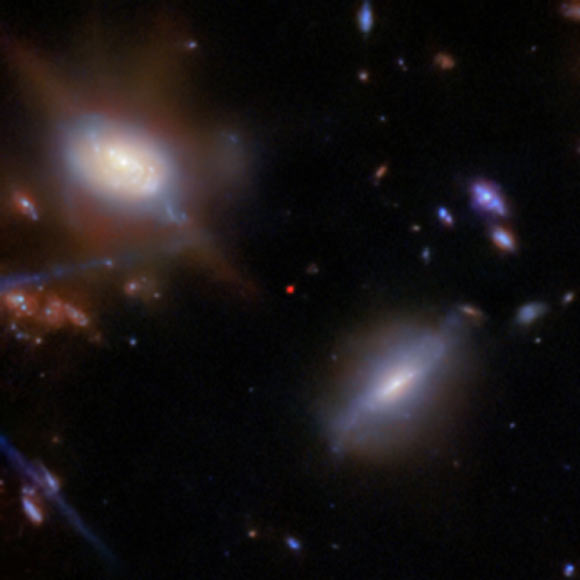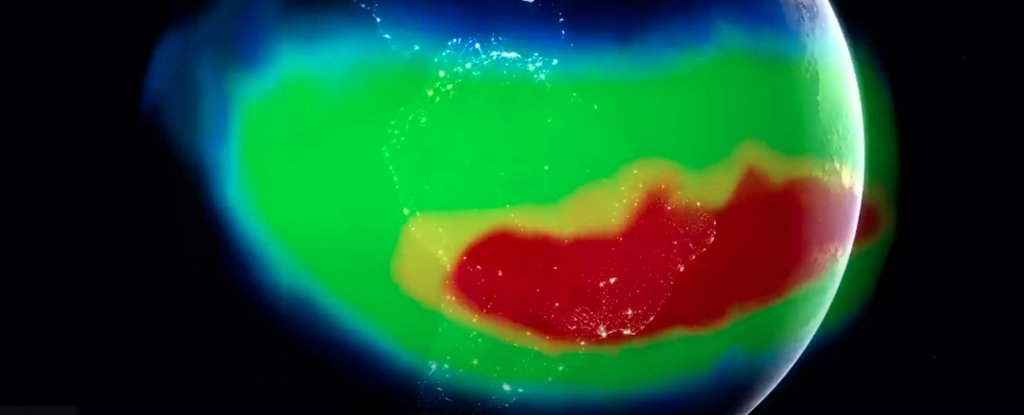
The Lyman-apha light from JADES-GS-z13-1 has taken nearly 13.47 billion years to reach us, as it dates back to just 330 million years after the Big Bang.

Fear of space has grown alongside space programs. Worries about asteroid strikes and over-militarization lean into deeper fears about space as the unknown.

NASA has been monitoring a strange anomaly in Earth's magnetic field: a giant region of lower magnetic intensity in the skies above the planet, stretching out between South America and southwest Africa.

The main reason for space exploration is to search for life beyond Earth.

An international team of astronomers using the Atacama Large Millimeter/submillimeter Array (ALMA) discovered a surprising new filamentary structure around the Mikly Way's core.

Nearly a third of fungi species assessed by international conservation experts were found to be at risk of extinction from threats like agriculture, deforestation and urban sprawl.

Chewing gum polymers, both natural and synthetic, can release microparticles when they are worn down by chewing.

For the first time, NASA’s James Webb Space Telescope has captured bright auroral activity on Neptune.

Martian dust storms can potentially cause respiratory issues and elevated risk of disease, making them yet another health hazard space agencies need to prepare for, according to new research.

In 2022 NASA’s James Webb Space Telescope discovered an abundance of tiny red objects scattered across the sky in the early universe. A large fraction of them are likely galaxies with supermassive black holes growing at their centers.

A recent study reveals that the famous Wolf-Rayet 104 "pinwheel star" holds more mystery but is even less likely to be the potential "death star" it was once thought to be.

The discovery is one of the most significant findings in the search for evidence of past life on Mars.

Traditional models of star formation suggest there may be as few as 300 black holes in the closest region of the supermassive black hole Sagittarius A*. But a new study suggests the number of stellar-mass black holes is much higher.

In a controversial experiment, a team of physicists investigated whether we could harness the Earth's rotational energy to generate electricity.

When you peer out into the depths of the cosmos, a mystery lies there, waiting. In a survey of the deep sky, most of the galaxies are seen rotating in the same direction.